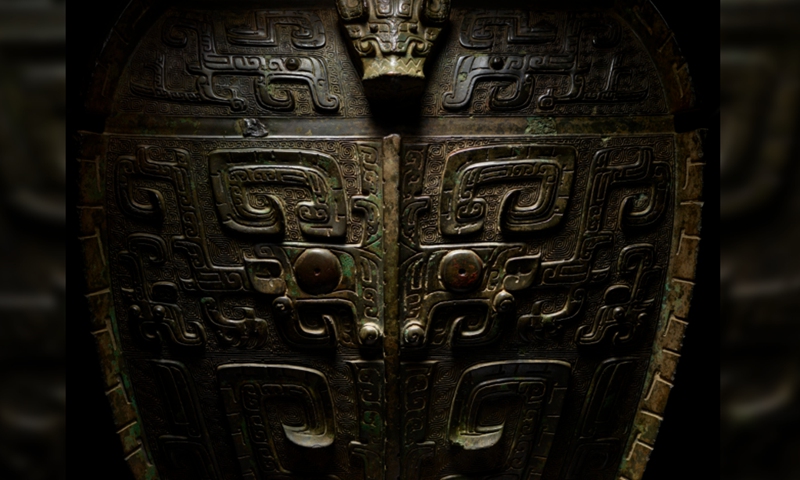Peking University, March 29, 2022: An exhibition of exquisite ancient Chinese relics including bronze ware and bronze mirrors is set to open in Japan's Sen-Oku Hakukokan Museum on Saturday. Chinese experts said some of the relics are unique and have high historical value.
Photo: A screenshot of the website of Japan's Sen-Oku Hakukokan Museum
Two of the most valuable items in the exhibition are a bronze drum themed on a Chinese mythical creature named Kui and a Late Shang Period wine vessel in the shape of a tiger from the Shang Dynasty (1600 BC-1046 BC), The Paper reported.
According to the report, the body of the drum is green lacquer, with a pair of phoenix birds cast on the drum head and crocodile skin on both sides. The thickness of the wall is only 3 to 5 mm. The bronze ware was mainly used in activities such as sacrifices, banquets and ceremonies.
Zhang Tianyu, an expert specializing in bronze relics from Peking University's history department, told the Global Times on Thursday that the bronze drum is the only one made of Chinese bronze that has been collected overseas. Its shape imitates the style of a wooden skinned drum, and its emblazonry is very rare.
"This bronze drum is believed to have been produced in the late Shang Dynasty [about 3,200 years ago], and it was an important manifestation of the diversity and unity of Chinese civilization in that period."
He added that China only has one bronze drum from the Shang Dynasty which is at the Hubei Museum, but it does not have the same emblazonry.
The Paper reported that the Late Shang Period wine vessel was featured in a Chinese historical book. The tiger's legs and tail form an equilateral triangle to support the body. The head of the tiger is the lid, and the top is decorated with a round carved deer. The back of the person held by the tiger's front paws is decorated with animal faces, and the waist is decorated with snake patterns.
According to Zhang, the wine vessel is special partly because the tiger image is very realistic. Bronze ware with realistic animal shapes is one of the characteristics of the bronze culture of the late Shang Dynasty in the middle reaches of the Yangtze River. There are two such pieces in the world, and the other is in the Cernuschi Museum in France.
Established in Kyoto in 1960, the Sen-Oku Hakukokan Museum was built to house the Sumitomo family collection of some 500 ancient Chinese bronze ware items.
The museum also boasts approximately 3,000 paintings, calligraphy pieces, tea utensils and writing materials from both China and Japan.
Media reports said that the Chinese bronze ware was mainly transferred to Japan via a commercial purchase by the Sumitomo family.
Huo Zhengxin, a law professor at the China University of Political Science and Law, told the Global Times on Thursday that due to the early purchase, the current cultural relics cannot be returned through legal channels, but only through private donations.
The exhibition will be divided into four themes and is scheduled to end on July 3.
